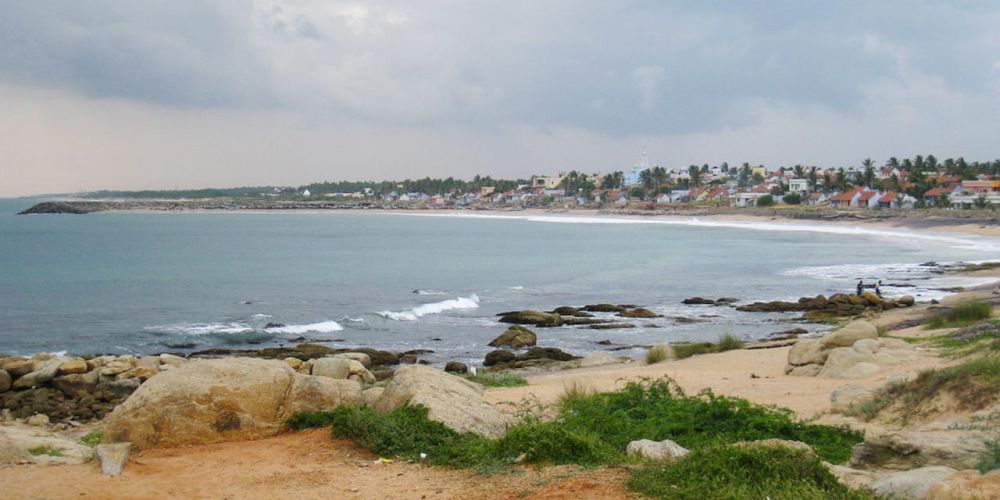

Kanyakumari Beach, situated at the southernmost tip of the Indian Peninsula, is a unique destination where three water bodies - the Bay of Bengal, the Indian Ocean, and the Arabian Sea - meet. This iconic location is not only popular for its geographical significance but also for its rich cultural and historical heritage. Known for its mesmerizing views of sunrise and sunset, Kanyakumari has been a tourism hotspot for many years.
The history of tourism in Kanyakumari can be traced back to the ancient and medieval periods when it was renowned as a center for art, culture, and pilgrimage. The place is named after the goddess Devi Kanya Kumari, considered to be a virgin goddess who has the power of Shakti (power). Over time, it has become a melting pot of various cultures, including Hinduism, Christianity, and Islam, partly due to its geographical location at the tip of India.
In the 7th Century, the great philosopher and theologian Adi Shankaracharya is known to have visited Kanyakumari. His visit and the establishment of the Shankaracharya temple added a significant religious dimension to the region, attracting pilgrims and scholars alike.
During British rule in India, Kanyakumari was christened "Cape Comorin," referencing its position and making it known to the outside world. Post-independence, Kanyakumari slowly transformed from a primarily pilgrimage site to a diverse tourist destination.
The region is home to some incredible landmarks and attractions that narrate the stories of its rich historical and religious past. The Vivekananda Rock Memorial, which stands atop one of two rocks located about 500 meters east of the mainland, was constructed in honor of the visit of the great spiritual teacher Swami Vivekananda in 1892. The nearby 133-feet tall Thiruvalluvar Statue is another architectural marvel dedicated to the renowned Tamil philosopher and poet. These structures, alongside the ancient Kanyakumari Temple, have been pivotal in the evolution of Kanyakumari as a tourist destination.
In recent years, tourism trends in Kanyakumari have shifted towards a combination of spirituality, culture, and leisure travel. Visitors come here to experience the rare natural phenomenon of observing both sunrise and sunset at the same beach. Additionally, adventure tourism is on the rise with activities like trekking in the nearby Western Ghats and water sports in the ocean.
Eco-tourism is another growing trend, with tourists seeking to explore and appreciate the untouched natural surroundings, including the nearby flora and fauna reserves. Local authorities are working on promoting sustainable tourism practices to protect the environment while continuing to attract tourists.
Overall, Kanyakumari continues to charm visitors with its serene beaches, sacred temples, and a rich mix of cultural experiences, consolidating its position as a must-visit destination in the diverse landscape of Indian tourism.
Kanyakumari's unique geographical position, cultural mosaic, and historical significance make it an enduring attraction for tourists from all over the world. As the travel industry evolves, Kanyakumari keeps pace by providing a harmonious blend of the traditional and the contemporary, ensuring its history of tourism continues to thrive.